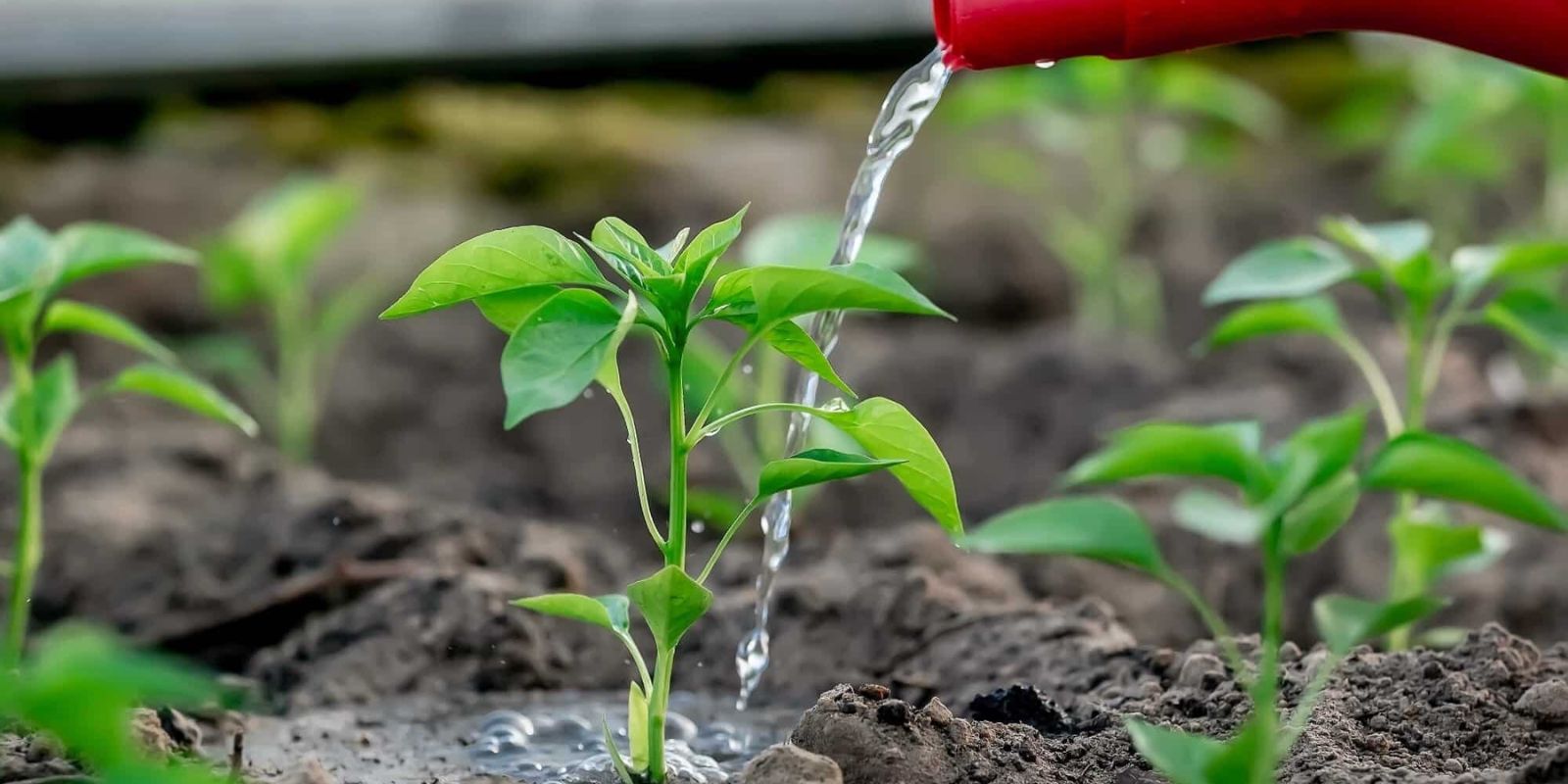Pepper plants are a favorite among gardeners for their vibrant colors, delicious flavors, and versatility in the kitchen. However, there’s nothing more frustrating than waiting for your pepper plants to thrive, only to find them growing at a snail’s pace. Slow growth in pepper plants is a common issue but one that’s entirely fixable with the right knowledge and action. In this article, we’ll explore the common causes behind slow growth and how to address each one effectively to help your pepper plants reach their full potential.
Understanding Why Pepper Plants Grow Slowly
Pepper plants are sensitive to their environment, and even slight changes can impact their growth. From soil quality and watering habits to pests and temperature, a variety of factors can cause your plants to lag. Addressing these issues is the key to vibrant, healthy pepper plants that produce abundantly.
Let’s dive into the top reasons your pepper plants may be struggling and how to turn things around.
1. Inadequate Soil Quality
Healthy soil is the foundation of any thriving garden, and pepper plants are no exception. If your soil lacks essential nutrients or has poor drainage, your plants may struggle to grow.
Solution:
- Test your soil to determine its pH and nutrient levels. Peppers prefer slightly acidic soil with a pH of 6.0 to 6.8.
- Amend the soil with organic matter like compost or well-rotted manure to improve fertility.
- Consider adding a balanced fertilizer specifically designed for vegetables, ensuring your plants get the necessary nitrogen, phosphorus, and potassium.
2. Temperature Troubles
Pepper plants are heat-loving crops that thrive in warm weather. If the temperature is too low, especially at night, their growth can stagnate.
Solution:
- Wait until the soil temperature reaches at least 70°F (21°C) before planting outdoors.
- If you live in a cooler climate, start seeds indoors and transplant them once the weather warms up.
- Use row covers or cloches to protect young plants from unexpected cold snaps.
3. Insufficient Sunlight
Peppers require 6–8 hours of direct sunlight daily to grow and produce fruit. Without adequate light, your plants may become leggy and weak.
Solution:
- Plant your peppers in the sunniest spot in your garden.
- If you’re growing peppers indoors, use grow lights to supplement natural sunlight.
- Regularly prune nearby plants or trees that may be casting shade on your peppers.
4. Overwatering or Underwatering
Watering can be a tricky balance. Too much water can lead to root rot, while too little water can cause stress and slow growth.
Solution:
- Water deeply but infrequently, allowing the top inch of soil to dry out between waterings.
- Mulch around the base of your plants to retain soil moisture and regulate temperature.
- Use a drip irrigation system for consistent and efficient watering.
5. Nutrient Deficiencies
A lack of key nutrients like nitrogen, phosphorus, or potassium can significantly slow down growth and affect fruit production.
Solution:
- Fertilize your plants every 2–3 weeks with a balanced, slow-release fertilizer.
- For organic gardeners, consider natural options like compost tea, fish emulsion, or bone meal.
- Pay attention to signs of deficiency: yellowing leaves may indicate a lack of nitrogen, while weak stems could signal a potassium deficiency.
6. Pests and Diseases
Common pests like aphids, spider mites, and whiteflies can sap your plants’ energy. Diseases such as root rot or fungal infections can also hinder growth.
Solution:
- Inspect your plants regularly for signs of pests or disease.
- Use organic insecticides, neem oil, or companion plants like marigolds to deter pests.
- Ensure proper spacing and airflow to reduce the risk of fungal diseases.
7. Crowding and Poor Spacing
Pepper plants need space to grow. Crowding them together can limit airflow, sunlight, and access to nutrients, all of which can slow their growth.
Solution:
- Space your plants 12–18 inches apart to allow for proper airflow and nutrient access.
- If you’re growing peppers in containers, choose a pot that’s at least 12 inches in diameter.
- Regularly prune your plants to remove crowded or overlapping branches.
8. Transplant Shock
If your plants are recently transplanted, they may experience a temporary slowdown in growth as they adjust to their new environment.
Solution:
- Handle seedlings carefully during transplantation to avoid damaging their roots.
- Water your plants immediately after transplanting to help them settle.
- Use a diluted seaweed extract or other root stimulator to reduce transplant shock.
9. Lack of Pollination
While this doesn’t necessarily affect plant growth, poor pollination can result in fewer fruits, which might make it seem like your plant isn’t thriving.
Solution:
- Attract pollinators like bees and butterflies by planting companion flowers nearby.
- Hand-pollinate your plants using a small brush or by gently shaking the flowers.
10. Container Size Issues
For those growing peppers in pots, a container that’s too small can restrict root growth and stunt the plant.
Solution:
- Choose a pot that’s at least 12–14 inches in diameter with good drainage.
- Repot your plants into larger containers if you notice they’re root-bound.
Bonus Tips for Thriving Pepper Plants
- Rotate Crops: Avoid planting peppers in the same spot each year to reduce the risk of soil-borne diseases.
- Use Companion Plants: Plant peppers alongside basil, marigolds, or onions to deter pests and enhance growth.
- Pinch Early Flowers: Removing the first few flowers can redirect energy toward root and leaf development, resulting in a stronger plant.
Conclusion
Growing pepper plants doesn’t have to be a mystery. By understanding the common causes behind slow growth and taking proactive steps, you can ensure your peppers thrive and produce an abundant harvest. Whether you’re a seasoned gardener or a beginner, the satisfaction of biting into a homegrown pepper is well worth the effort.
🌱 What’s your favorite trick for growing healthy peppers? Share in the comments below!
📸 Post a picture of your pepper plants and show off your progress!
#PepperPlantCare #GardeningTips #OrganicGardening #HealthyPeppers #UrbanGardening #GrowYourOwnFood

